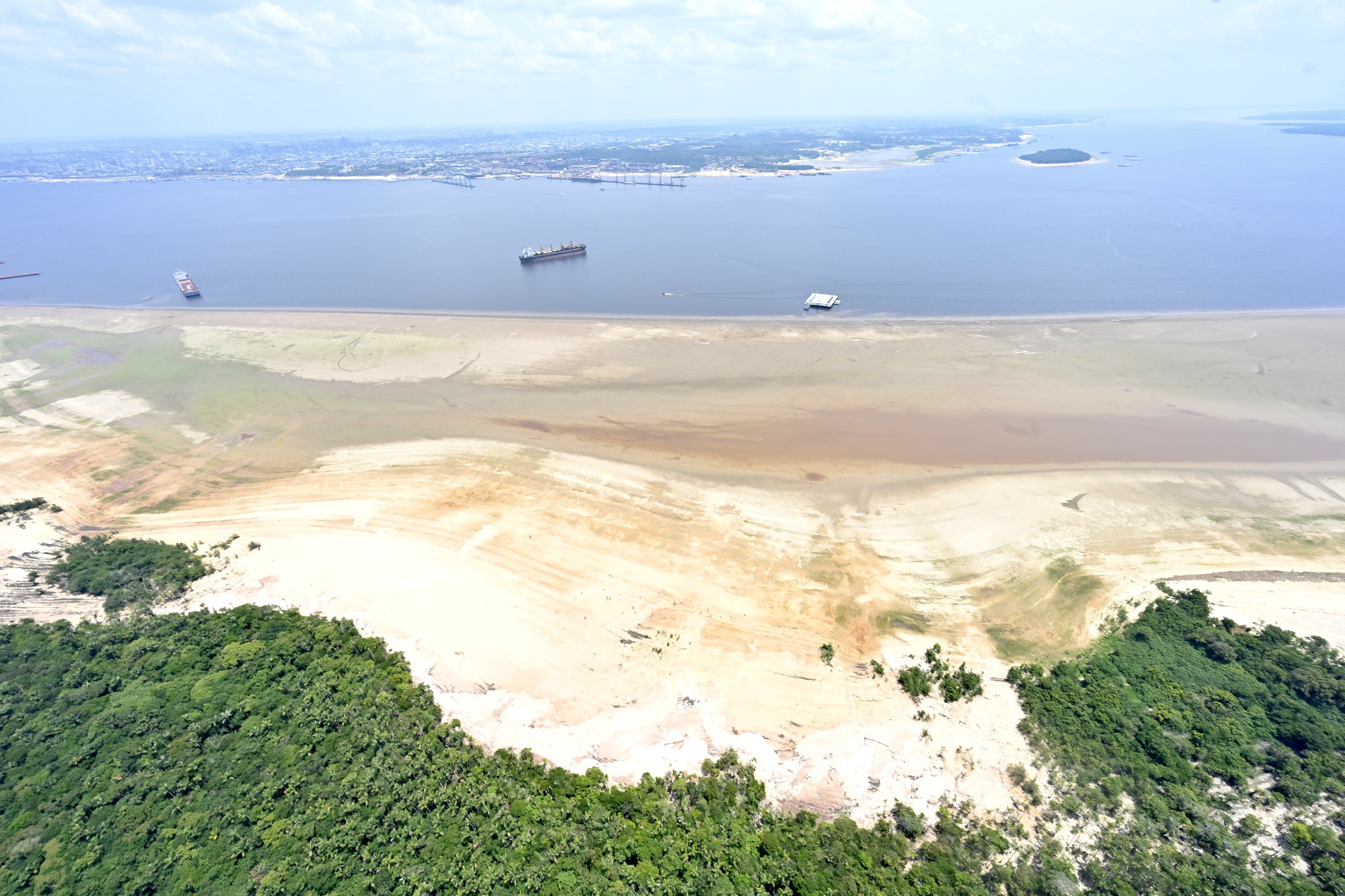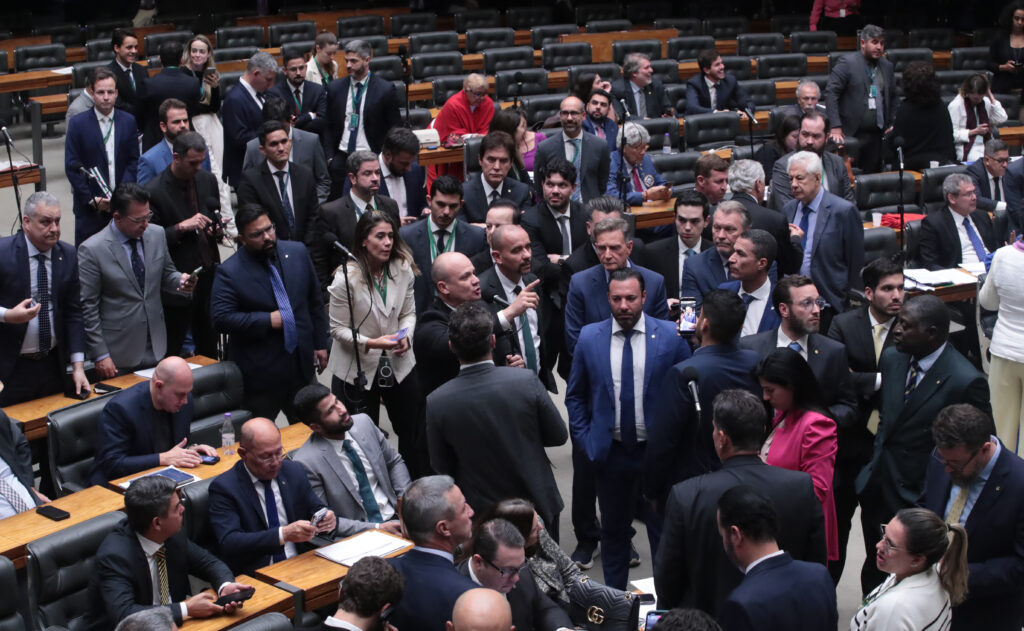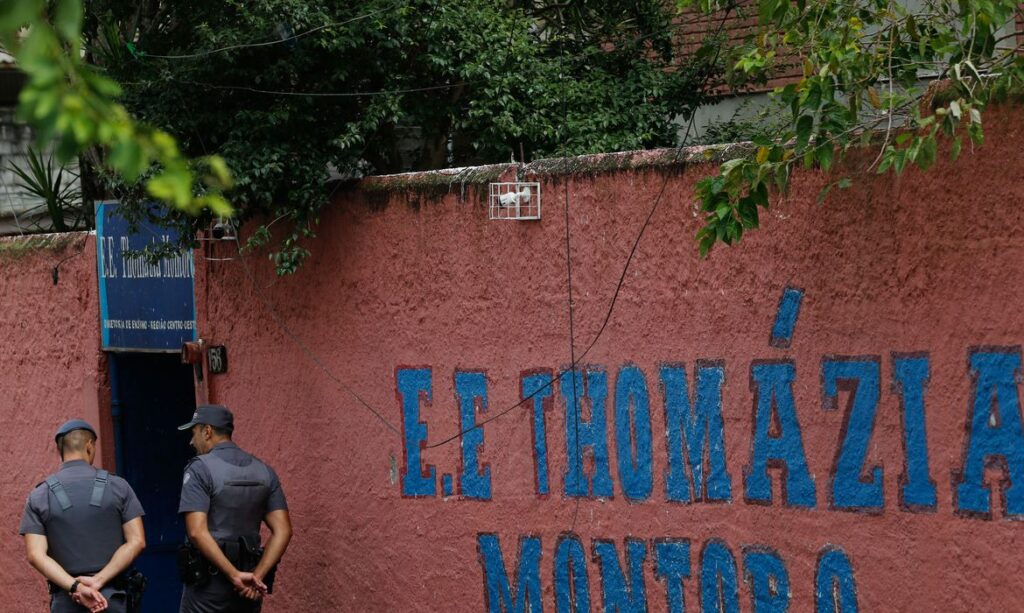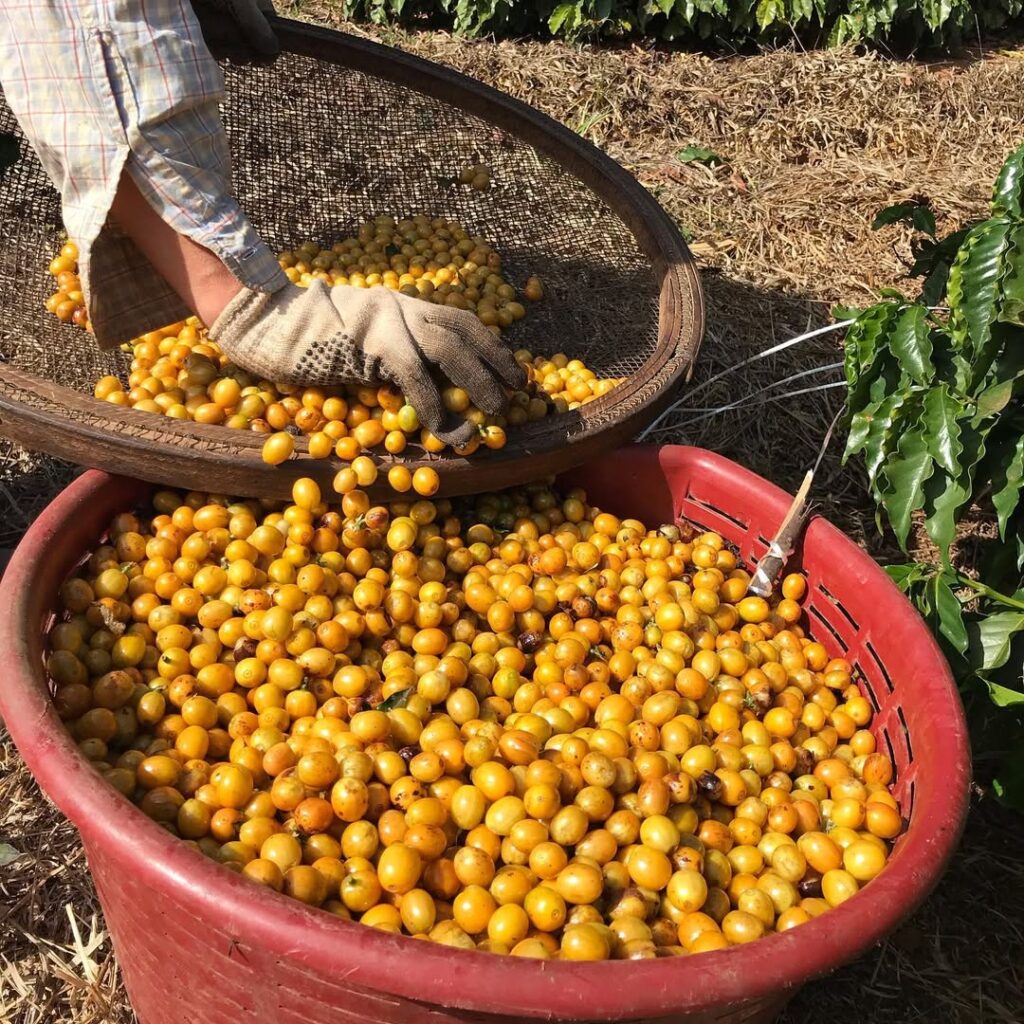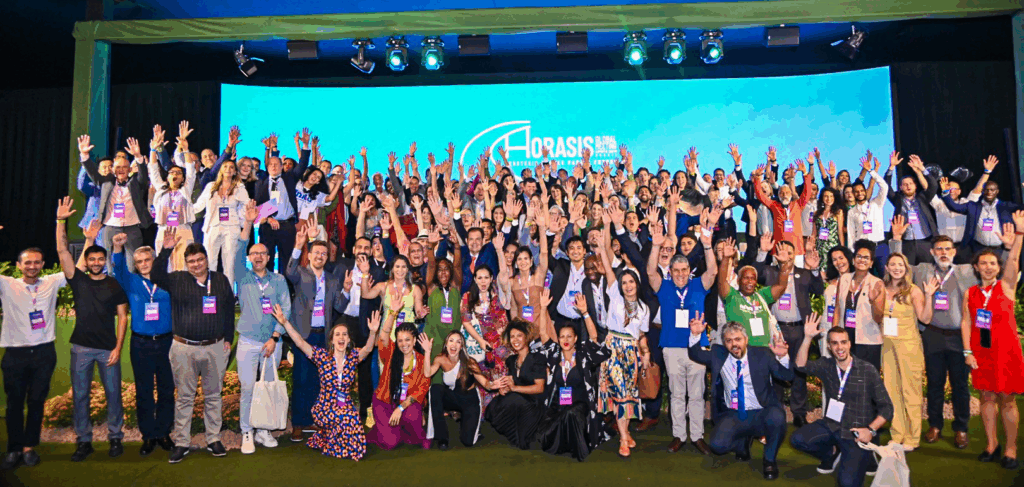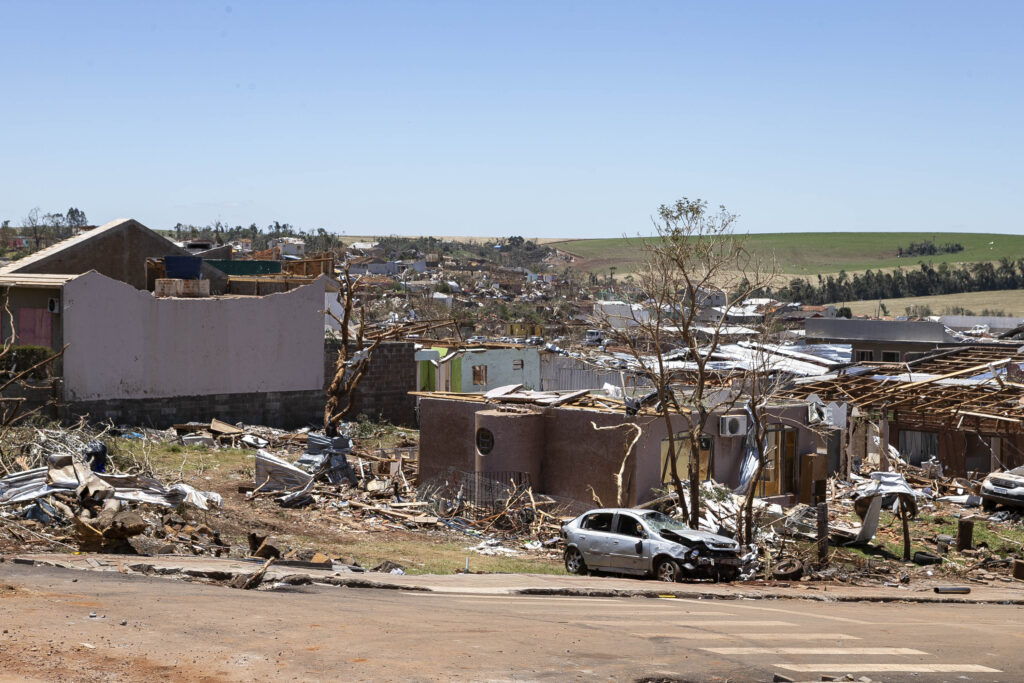São Paulo, Brazil – This week, Manaus, the largest city in Brazil’s Amazon region, reached a scorching 39.2°C (102.56°F), its hottest day recorded in 30 years. Across northern Brazil, a heat wave and prolonged drought is impacting the local economy, people and wildlife.
In September, the local government in Amazonas declared a state of emergency as wildfires burned across the state. In all, 6,991 blazes were detected last month, the worst month on record for wildfires in the region this year, and the second worst since Brazil started keeping track in 1998. (Only last year was worse, with 8,659 recorded fires in September).
Experts contacted by Brazil Reports attribute the escalating heat and dry conditions to two main factors: A strong El Niño phenomenon and warming waters in the northern tropical portion of the Atlantic Ocean.
“We already had an idea that it was going to get very hot because of these factors. What we didn’t know was that it was going to be an extreme drought,” researcher Ayan Fleischmann told Brazil Reports.
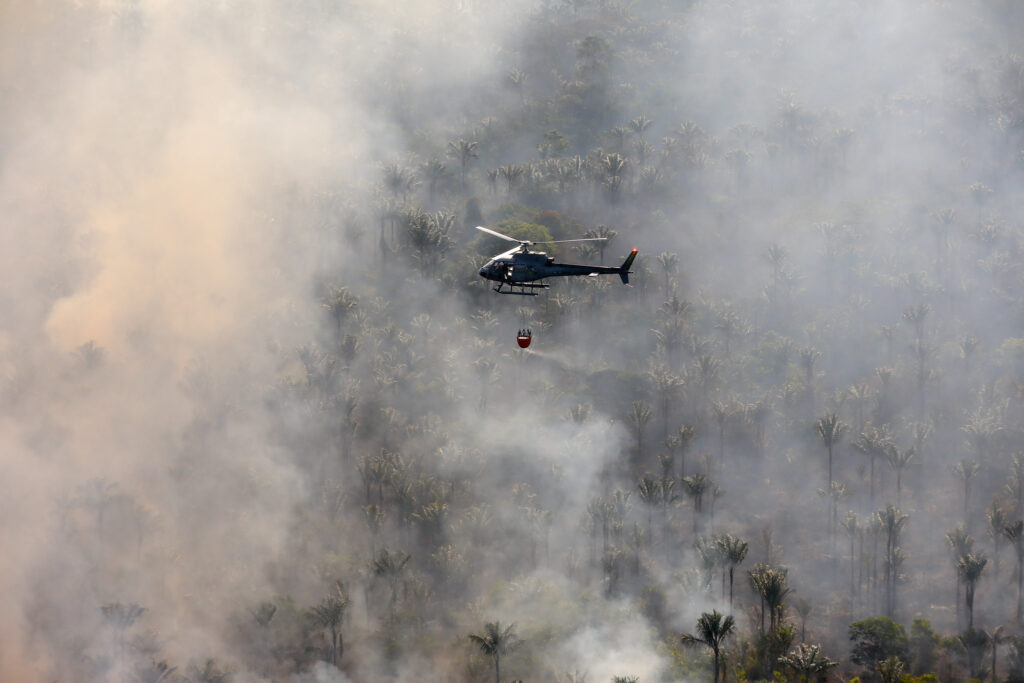
An environmental engineer with a Ph.D. in water resources from the Federal University of Rio Grande do Sul, Fleischmann leads the research group on geospatial analysis, the environment, and the Amazon territory at the Mamirauá Sustainable Development Institute, a research organization linked to the Ministry of Science, Technology, and Innovation.
Based in the city of Tefé, about 550 kilometers from Amazonas’ capital Manaus, the Mamirauá Institute has been closely following recent events caused by the extreme drought in the Amazon – dropping water levels in the Solimões River being one of the most significant.
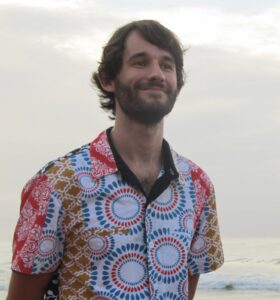
“Here in Tefé, the level dropped very quickly. Until August it was doing reasonably well, but at the beginning of September it plummeted several days in a row, dropping by around 20, 30 centimeters a day,” said Fleischmann of the river.
For local communities, dropping water levels are particularly problematic since their primary mode of transport tends to be via boats.
Larger vessels can no longer navigate the tributaries of the main rivers. In the Tefé region, for instance, Fleischmann explained that larger boats which supply local markets are now anchored in the Solimões River, requiring smaller boats to approach them to unload cargo.
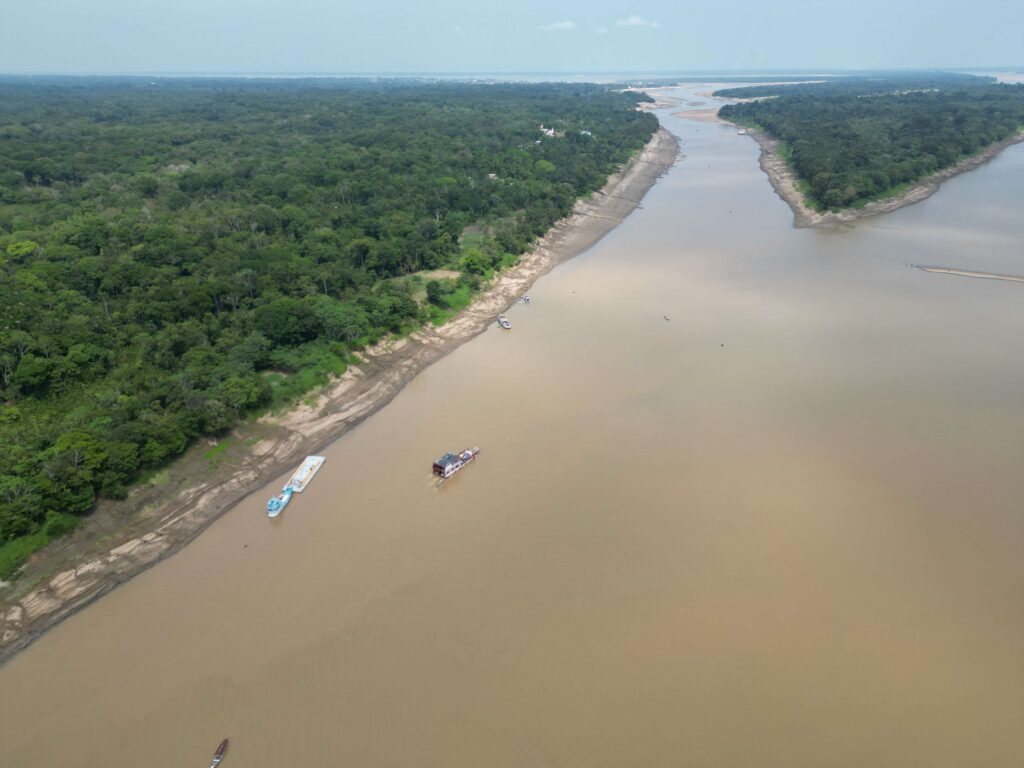
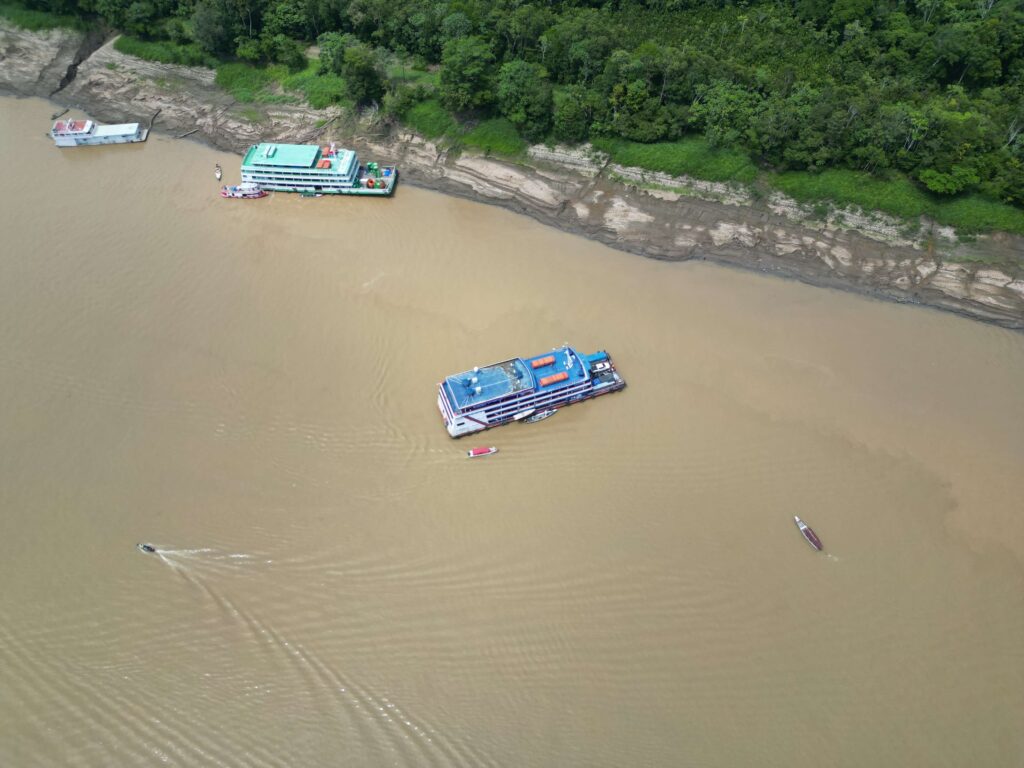
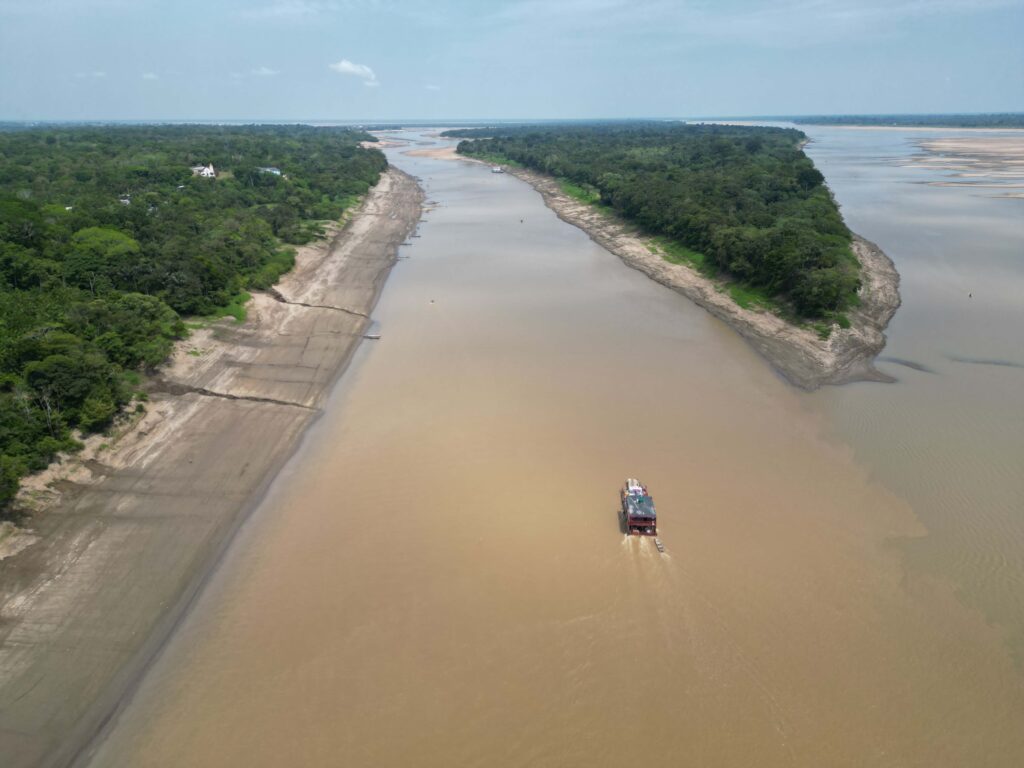
Another option is to transport goods along an unpaved rural road. In both cases, Fleischmann explained, the process increases prices for local merchants, and then for end consumers, because these logistical costs are tacked on.
“Today a river dweller told me that he had to pay R$100 (USD $19) for a small boat to go to another boat to pick up the products he had bought. It’s the kind of situation where the difficulty of logistics makes prices more expensive and not only that, many boats are already giving up on coming because it’s difficult to navigate,” said Fleischmann.
Lula’s government announces aid measures
Brazil’s federal government has begun to mobilize against the climate crisis. On Wednesday, a delegation led by Vice President Geraldo Alckmin landed in Manaus to review the situation. Environmental Minister Marina Silva and Minister of Indigenous Peoples Sônia Guajajara also joined the envoy along with four other cabinet officials.
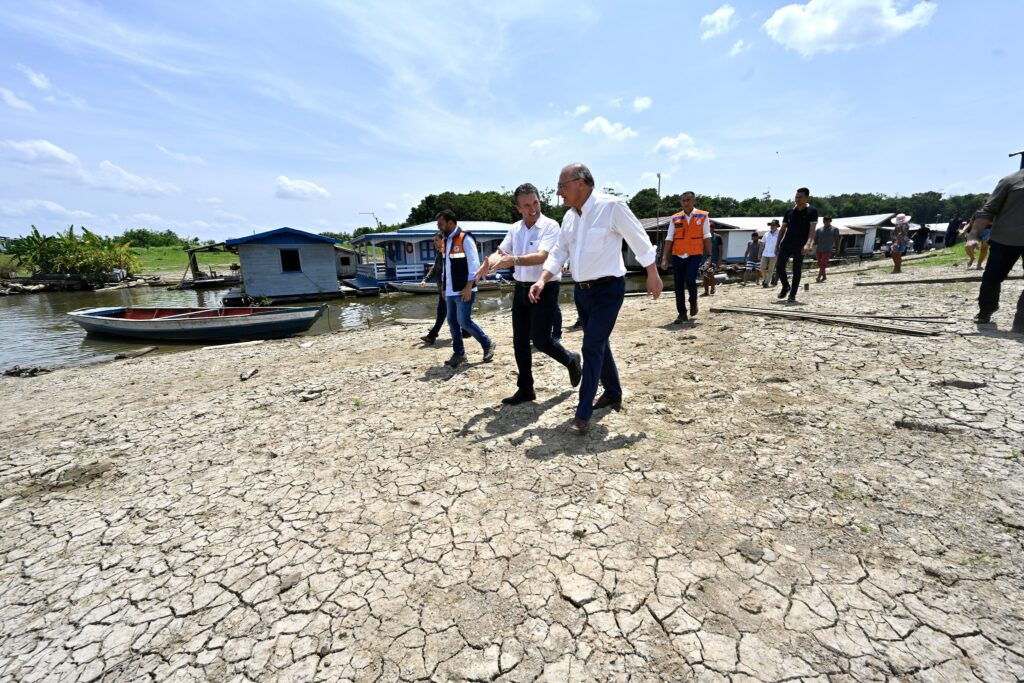
The task force visited communities affected by the drought and announced emergency measures to minimize the impact of the dry spell on the community. The Ministry of the Environment said it will send 191 firefighters to reinforce local fire fighting brigades.
Additionally, to help restore vessel passage on the Madeira and Solimões rivers, the government announced it would carry out two dredging projects in the rivers to widen and clear the waters, allowing for better navigability. The projects will be eight and 12 kilometers long respectively and cost R$38 million (USD $7.3 million) and R$100 million (USD $19 million) respectively. Work on the projects is expected to be completed in 30 to 45 days.
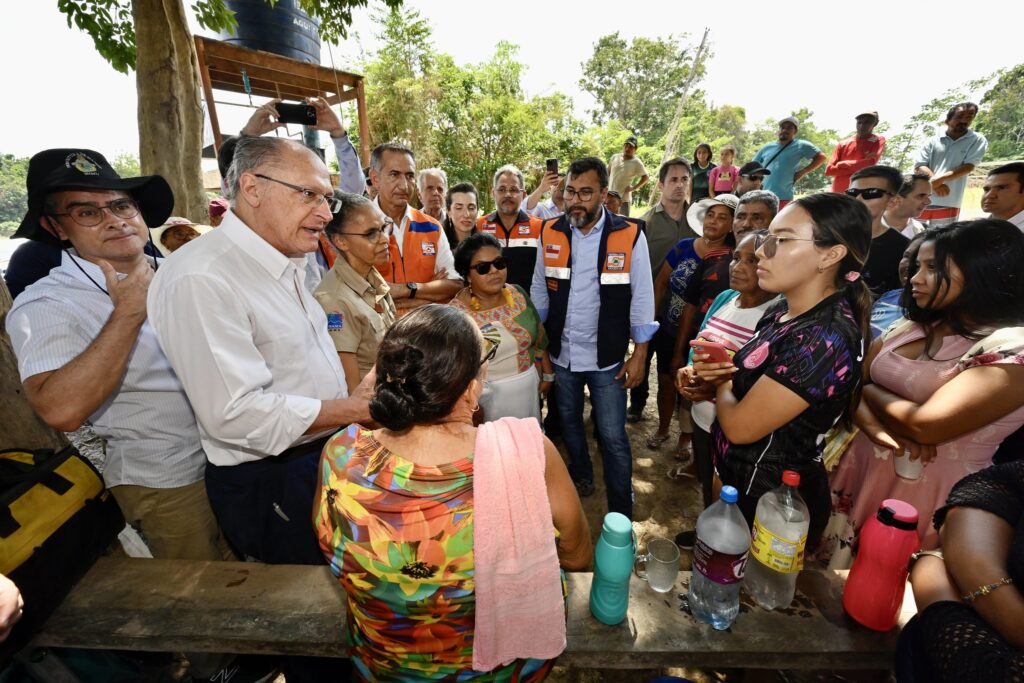
Wildlife in jeopardy
Beyond economic impacts, the lack of water in the rivers also jeopardizes the survival of aquatic species, such as the red river dolphin (also known as the pink river dolphin or Amazon river dolphin), a symbol of the Brazilian Amazon.
In recent days, researchers from the Mamirauá Institute have found around 110 dead dolphins in Lake Tefé. Thousands of fish have also died in other lakes in the region. Warmer than normal water with less oxygen is one of the possibilities that experts are attributing to the deaths.
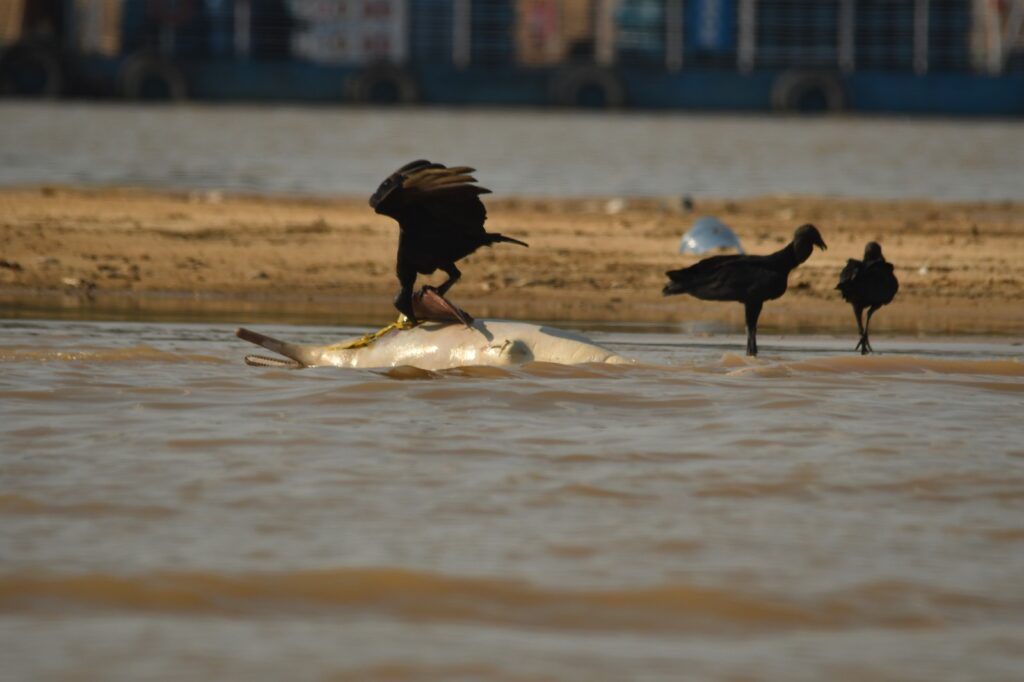
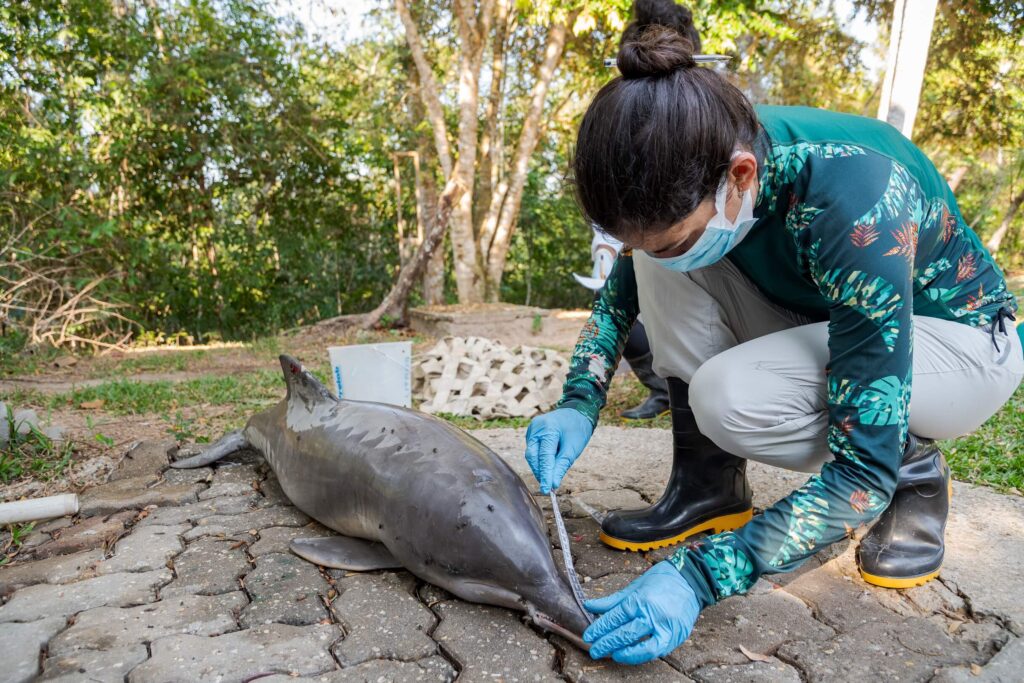
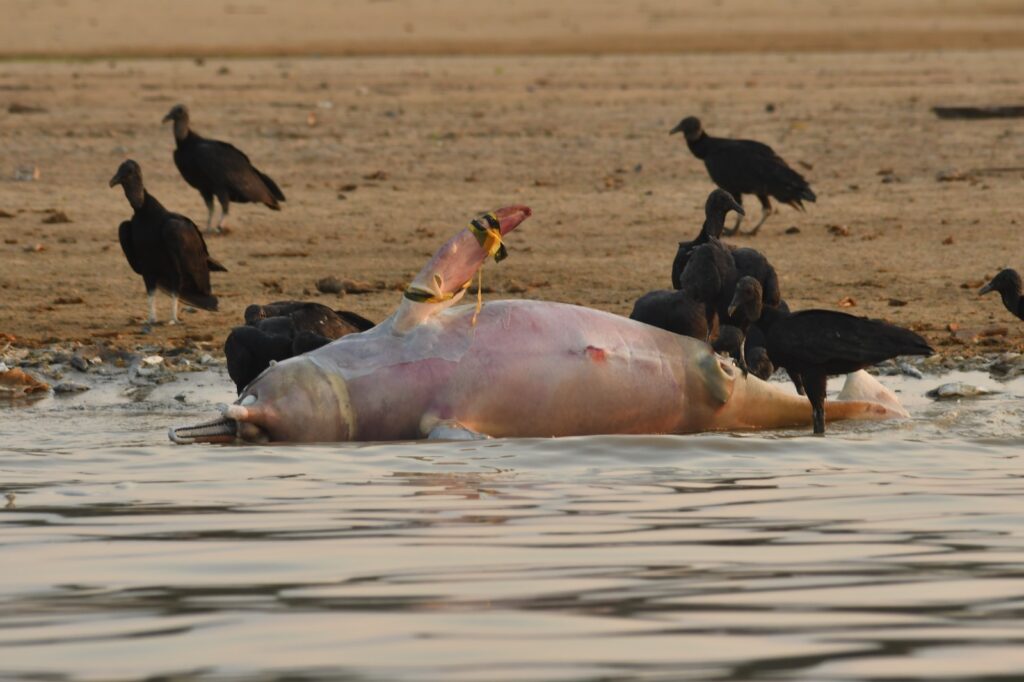
An Oceanologist from the Federal University of Rio Grande, Miriam Marmontel holds a master’s degree in Biological Oceanography from the University of Miami and a Ph.D. in Forest Resources and Conservation from the University of Florida. Considered one of the leading experts on aquatic mammals in the Amazon, she also leads a research group at Mamirauá Institute.
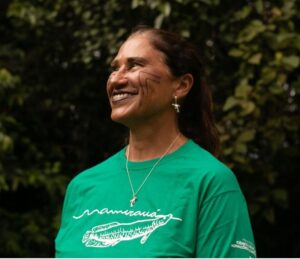
Marmontel told Brazil Reports that Lake Tefé is home to around 500 tucuxi, a freshwater dolphin found in the Amazon basin, and 900 red river dolphins.
“The red river dolphin is one of only six species of freshwater cetaceans. They are charismatic, and not just because of their color, but because of their size, their behavior and their primitive appearance. It’s a species extremely adapted to the Amazonian environment, which is able to maneuver its body within the flooded forest and take advantage of the fishing resources within the forest,” said Marmontel.
Waiting for the weather to shift
According to Marmontel, it’s possible that more dolphins will die in Lake Tefé in the coming days, as water levels are predicted to continue to drop.
For the researcher, who’s worked in the region for decades, the current circumstances are alarming.
“I’ve been working in the region for 30 years and I’ve never seen anything of this magnitude,” Marmontel said. “I don’t know that it has happened in the region at any other time, including now. It’s an unusual event and extremely worrying, as this is an endangered species.”
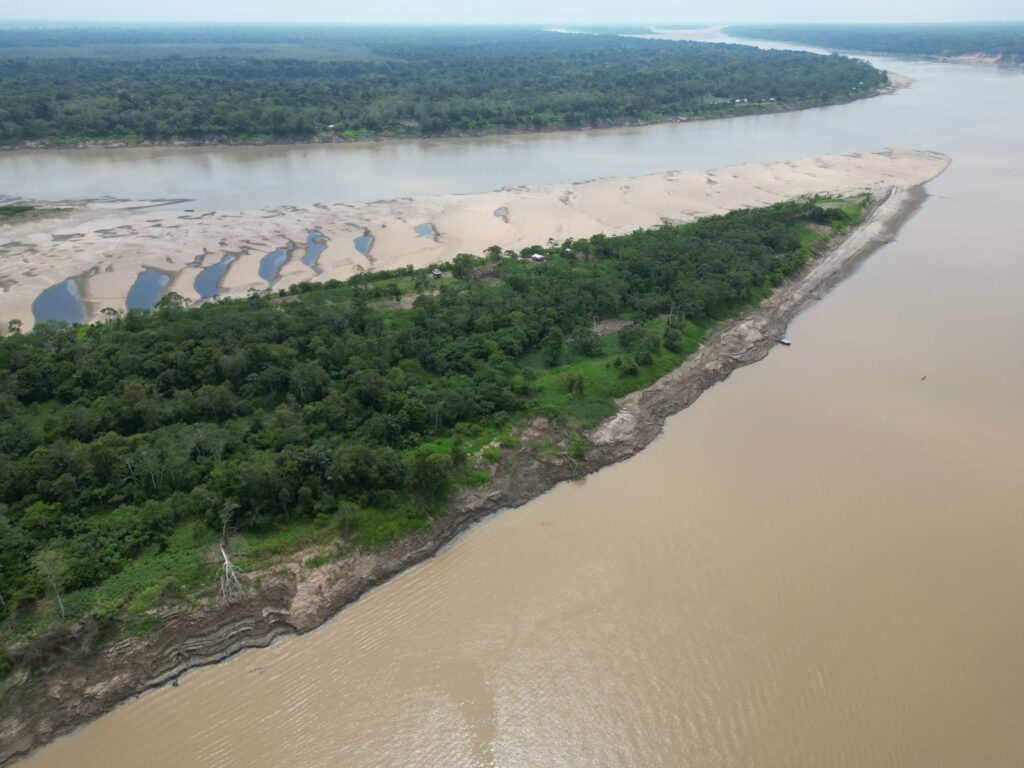
Despite efforts to ease the impact of the drought, experts interviewed for this report warn that only shifting weather conditions, and a return of heavy rainfall, can solve the problem.
According to Fleischmann, the environmental engineer and researcher, forecasts for the coming weeks are not encouraging and river levels are expected to keep falling.
“The population is very worried, there’s no one we talk to who isn’t alarmed by the advance of the drought,” he said.


